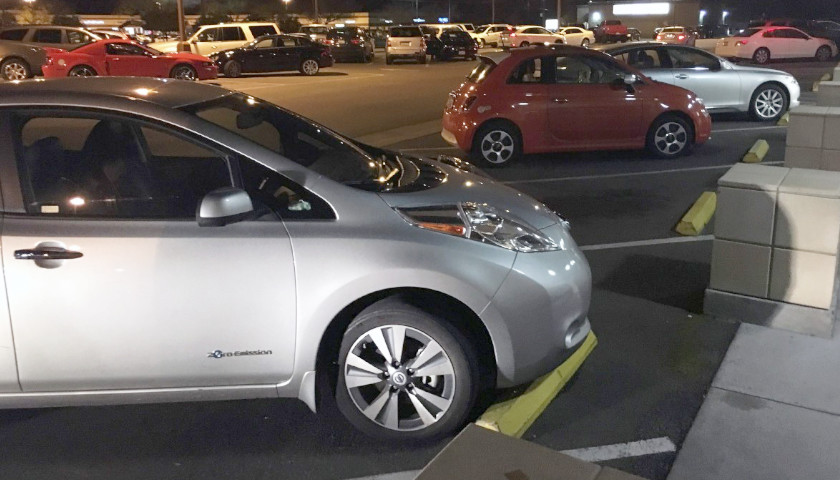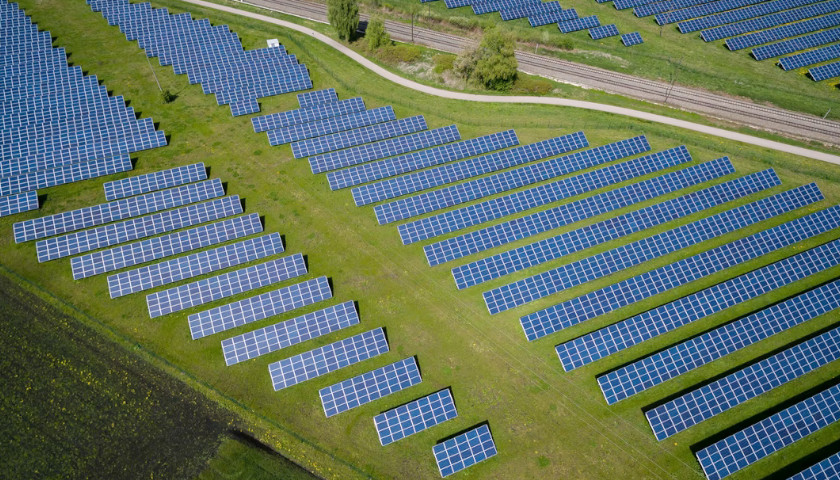by Paul Gazelka
California recently announced a ban on all gas-powered vehicles by 2035. This is a decision that will have wide ranging negative implications for Minnesotans.
Residents in the Gopher state may be curious how an administrative decision made halfway across the country will affect them, but the answer is relatively simple: last year Governor Tim Walz and the Minnesota Pollution Control Agency (MPCA) unilaterally finalized a rule to cede their regulatory authority over automobile emissions to regulators in the Golden State.
This seems a strange decision given the fact that Minnesota is decidedly not California. A clean car mandate that may be the norm on the West Coast will put Minnesota out of lockstep with the rest of the region, leaving it as the only state in the Midwest with such a law. The aggressive phase-in targets for electric vehicles (EVs) set by California Governor Gavin Newsom, and that Minnesota must now abide by meanwhile, will cause a whole host of problems.
For starters, the average Minnesota family may not be able to afford the cost of electric vehicles. On average, a new electric vehicle is $11,000 more expensive than a new gasoline powered vehicle and maintenance costs can jump as high as $20,000 if batteries need to be replaced. The price for used gasoline powered vehicles would also likely start increasing as supplies dwindle on dealer lots, hurting the poorest Minnesotans. As American families continue to confront high costs for everything from energy to groceries and record inflation, more expensive vehicle purchase prices and such unforeseen battery replacement costs are price tags that most households will not be able to absorb.
Forcing more electric vehicles onto the grid may ultimately leave Minnesotans in the dark – one place we would have some commonality with California. The regional electric grid to which Minnesota belongs, the Midcontinent Independent Systems Operator (MISO) this past summer was at the highest risk of any regional grid in the country for blackouts. This was due to a 1,200 megawatt (MW) shortfall of reliable generation capacity, a shortage that is expected to grow to 10,900 megawatts by 2027, just five short years away.
Such numbers in and of themselves are very concerning but become downright frightening when considering how much greater that shortfall would become if additional electric vehicles are forced onto the grid. A significant investment in additional electrical generation and transmission capability is already going to be necessary to close the current expected gap. Doubling down on such an investment to accommodate a massive influx of electric vehicles may just not be possible in such a short period of time. As a result, Minnesotans with electric vehicles could likely be in the same scenario as many Californians this past summer who were asked not to charge their electric vehicles during peak demand hours.
Unfortunately, such electrification issues don’t stop at supply issues. Access to charging infrastructure is also a challenge for Minnesotans. In addition to a considerable investment in grid capacity, one in charging infrastructure would also be needed to support a larger EV fleet. Minnesota already struggles with a major shortage of charging stations and adding more EVs would further strain their functionality. Minnesota only has 550 charging stations and only a fraction of those stations offer fast “Supercharger” options. As a state with one of the lowest EV corridors in the nation, current electric vehicle owners have previously expressed concerns about a lack of charging infrastructure along I-94 and I-35. This has led some electric vehicle owners to develop “range anxiety,” a prospect that only becomes more concerning in the winter when the average EV battery range can be reduced by as much as 32% due to cold weather.
Both common sense and popular public opinion are on the side of repealing these EV mandates. According to a Minnesota Statewide Clean Energy Online Survey, the majority of Minnesotans, generally speaking, say that things have pretty seriously gotten off on the wrong track in the state with regards to green energy efforts. That same survey notes that nearly two-thirds of Minnesotans prefer approaches like competition that allow for individual choice and encourage markets and businesses to increase clean energy production – not government mandates, subsidies, and quotas.
Laws implemented in California do not directly translate to the needs of the state of Minnesota. This regulation will be detrimental to Minnesota’s economy and its consumers’ wellbeing. In addition, it would limit consumer choice, strain the electric grid, and cost consumers thousands of dollars. Instead of moving forward with these California mandates for clean cars, leaders in St. Paul should work towards solutions that will benefit everyone, without further straining an already fragile economy.
– – –
Paul Gazelka is a former Minnesota State Senator and served as Majority Leader from 2017 to 2021. While in the legislature he served on the Environmental and Natural Resources Committee.





